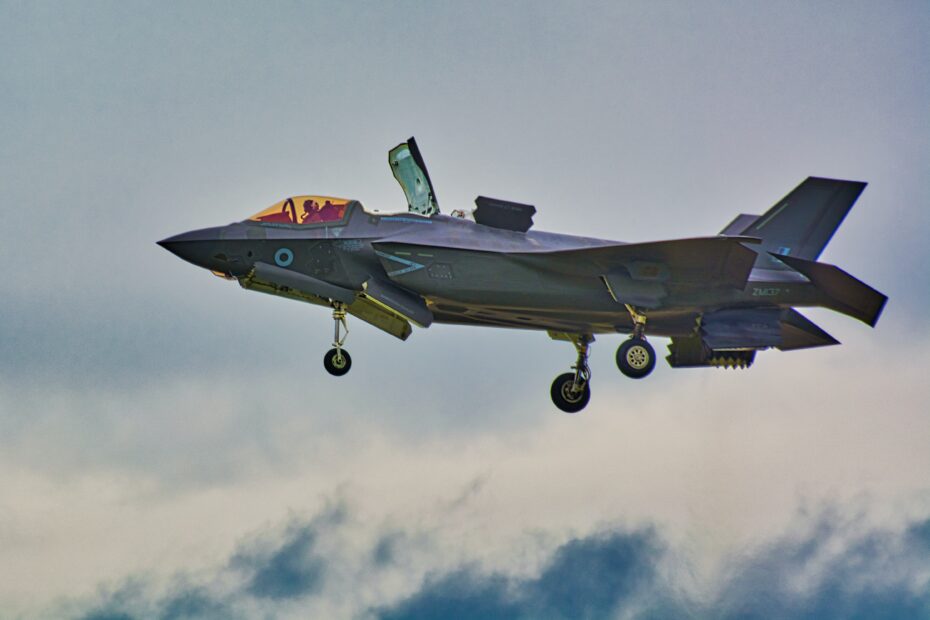Introduction:
The aerospace and defense industry plays a critical role in shaping the technological advancements and security infrastructure of nations around the globe. With its continuous pursuit of innovation, this dynamic sector has witnessed groundbreaking developments that have revolutionized the way we explore the skies and protect our nations. In this article, we will delve into the diverse facets of the aerospace and defense industry, exploring its latest trends, challenges, and the transformative impact it has on society.
I. The Significance of Aerospace and Defense:
The aerospace and defense sector holds immense significance in today’s rapidly evolving world. From facilitating efficient global travel to ensuring national security, its broad scope encompasses various sectors and drives economic growth. Within this context, aerospace and defense companies are continuously striving to enhance operational efficiency, safety standards, and technological capabilities to meet the ever-evolving demands of the industry.
II. Technological Advancements:
In recent years, breakthrough technological advancements have reshaped the aerospace and defense landscape. The integration of advanced materials, artificial intelligence, robotics, and nanotechnology has revolutionized aircraft design, propulsion systems, and manufacturing processes. These innovations have not only improved performance and reliability but have also contributed to reduced environmental impact and increased sustainability.
III. Emerging Trends:
1. Unmanned Aerial Vehicles (UAVs): The proliferation of UAVs, commonly known as drones, has transformed the aerospace and defense industry. These versatile platforms find applications in surveillance, disaster response, cargo delivery, and even military operations. Their growing popularity highlights the potential for disruptive advancements in the sector, particularly in logistics and commercial applications.
2. Space Exploration: The ambition to explore and utilize space resources has gained considerable momentum. Private space companies, alongside government agencies, are investing heavily in research and development to achieve cost-effective space travel, satellite deployment, and potentially extraterrestrial colonization. The growing commercial space sector presents significant opportunities for both aerospace and defense companies.
3. Cybersecurity: With increased digitization and interconnectivity, the aerospace and defense industry faces new challenges in safeguarding critical assets from cyber threats. Ensuring the integrity of communication networks, satellite systems, and sensitive defense information is paramount to national security. Cybersecurity measures are being continually strengthened to counter emerging threats and protect against potential vulnerabilities.
IV. Challenges and Opportunities:
1. Global Competition: The aerospace and defense industry is highly competitive, with companies vying for contracts and market share on an international scale. To remain at the forefront, organizations must focus on continuous innovation, cost reduction, and timely implementation of emerging technologies. Collaboration between government entities, research institutions, and private enterprises is crucial to address the challenges posed by global competition.
2. Regulatory Compliance: Stringent regulations govern the aerospace and defense sector due to safety and security concerns. Manufacturers and operators must comply with rigorous standards and certifications to ensure the utmost safety and reliability of their products. Adhering to these regulations can be complex and time-consuming, necessitating efficient processes and strategic partnerships.
3. Talent Acquisition and Retention: The aerospace and defense industry demands a highly skilled workforce capable of driving innovation and maintaining operational excellence. However, attracting and retaining top talent remains a challenge due to competition with other industries and the unique demands of the sector. Companies must invest in talent development programs, foster diversity, and create an environment that encourages collaboration and professional growth.
Conclusion:
As the aerospace and defense industry continues to evolve, propelled by technological advancements and global challenges, it remains a vital pillar of economic growth, national security, and scientific exploration. Embracing innovation, addressing challenges, and fostering collaboration will be paramount for companies to thrive in this dynamic sector. Navigating the complex landscape of aerospace and defense requires a holistic approach that balances economic viability with societal progress. For more information on the diverse services provided by leadingaerospace and defense companies, please visit [aerospace and defense](https://fdhaero.com/services/).
